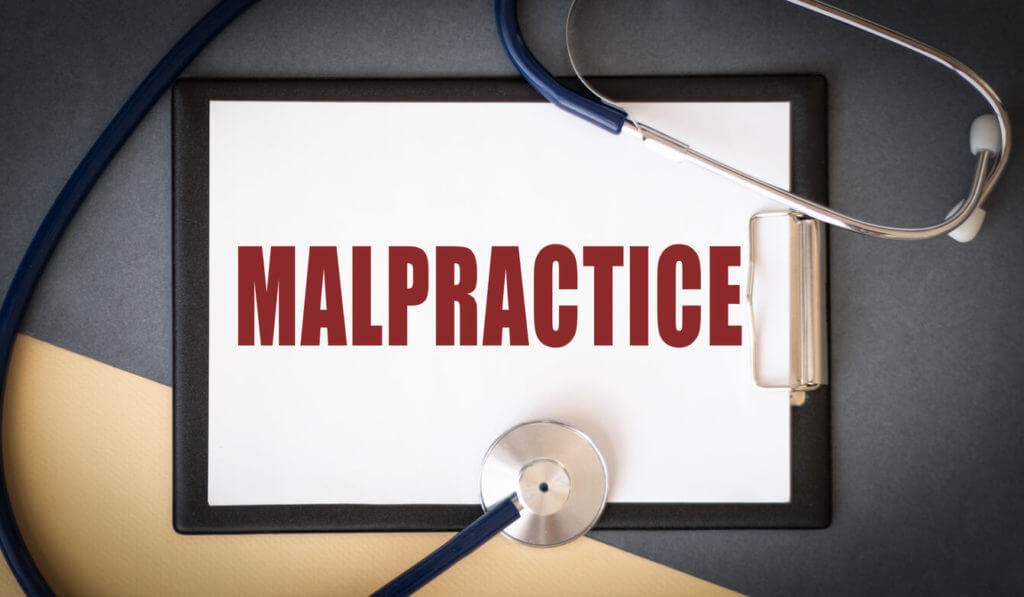Online telemedicine is one of the most exciting and rapidly developing segments of the healthcare industry. According to the Washington Post, about 15 million Americans currently utilize telemedicine. Grand View Research, a market research and consulting firm located in San Francisco, forecasts a massive $113.1 billion market share by 2025. Telemedicine refers to, as the
READ MOREBlog
EDR vs ADR – A New Model of Dispute Resolution
An encouraging new trend is developing in medical malpractice litigation, which could result in dramatically reduced premiums for malpractice insurance. This new method is a tort system called EDR, or Early Dispute Resolution, and it is already being used with great success throughout the state of Oregon. Brian Jerome, who chairs the Massachusetts Bar’s Dispute
READ MOREVicarious Liability Insurance – Malpractice isn’t Just a Personal Matter
Consider the following case: a concerned woman in her 30s visits you because of a lump in her breast. You order an ultrasound, which the radiologist interprets. He determines the lump is a benign cyst. Still, doing your due diligence, you refer your concerned patient to a surgeon, who reviews the ultrasound report and reexamines
READ MOREMedMal Minute – Tail Coverage (Pt 2)
MedMal Minute – Tail Coverage (Pt 1)
The Importance of Being Proactive when Purchasing Tail Insurance
If you’re looking at a big shift in your professional life—if you’re moving, or mulling retirement, or simply switching practices—and are currently covered under a claims-made policy, it’s important to start looking into tail coverage right away. Tail insurance fills in the coverage gap caused by the cancellation of a claims-made policy. When a big
READ MOREResources for QPP and MACRA
Implementing the requirements for the Quality Payment Program (QPP) under MACRA can be difficult and confusing for many medical practices. Large groups and healthcare systems undoubtedly have an advantage over smaller practices because they can hire people, sometimes even departments, to interpret and employ the new regulations. Fortunately for the smaller private practice and solo
READ MOREMedical Malpractice Insurance Claims
More than half of the physicians in the United States have been named in a medical malpractice lawsuit, and yet when it happens most physicians will say they are surprised by the suit. Why are they surprised when everyone generally knows that malpractice suits happen all the time? The answer is that doctors and other
READ MOREHealthcare Providers Face Higher Risk of Cyber Liability
Healthcare providers continue to rely on a small limit of Cyber Liability Insurance added to their Medical Malpractice Insurance policies to protect against Cyber Risks. With the frequency of cyber attacks and data losses in the medical industry, healthcare providers need to consider adding a Cyber Liability Insurance policy with a minimum limit of $1,000,000.
READ MOREWhere Does Your Home Town Rank on the Best and Worst Places to Practice Medicine?
Most of us are proud of our city and state and probably believe it’s the best place to live and work. But the Medscape report, “Best and Worst Places to Practice 2017,” may shed some light on some other places that would be great, or not-so-great, to practice medicine. Where does your city rank? Every
READ MORE











